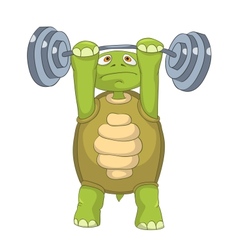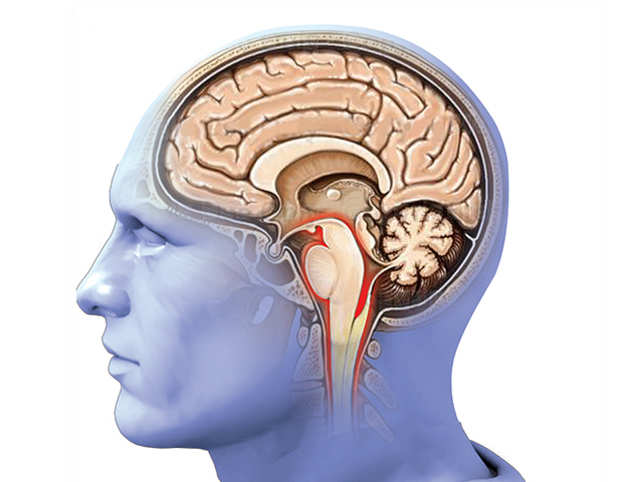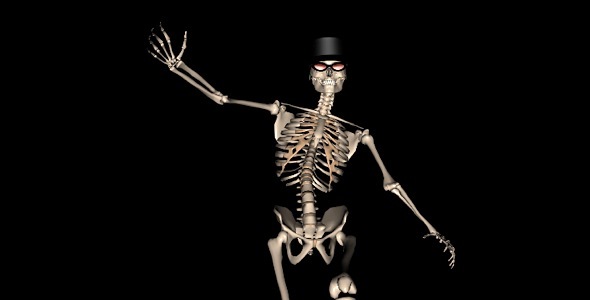Long time ago, knee pain used to be an old age problem where people who suffered were very few and even lesser population getting knee replacement done. But now there is a dramatic shift in number of people facing the knee arthritis and number of surgeries being performed. Moreover, the age at which these arthritic changes occur has reduced. The changes in the knee seen at around or over 55 years of age are now been observed as low as at 30 years of age.

I consider early knee arthritis similar to premature graying of your hair. Just imagine why do you get grey hair. The reasoning starts with you might be getting older but if it is early then you might be stressed, too much in the sun, not sleeping enough or not eating healthy and may be some genetics.

Similarly, Osteo-Arthritis of knee is a term for inflammation of old age knees. But in early knee arthritis, overloading of joints (especially if your muscles are weak), stress, poor diet or disturbed sleep can disturb your metabolism to deplete calcium from the bones and put your knees under abnormal load and may result in early and faster degeneration. Rheumatism or gout can also eat up your knee joint and make it degenerate early. Last but not the least, a previous injury with unresolved inflammation or infection can lead to early arthritis. The only difference is it is not affected by your genes. Even reduced Vitamin D3 levels in blood can cause degeneration of the joints because it is linked to your bone strength. So either it is simply that you are getting older or you are causing it with bad lifestyle as mentioned above.
I feel this early arthritis of the knee is a major concern because with the speed we are replacing the knees, soon we will have a major population with metallic knees. The world will soon have a workforce of "not so natural" knees.












